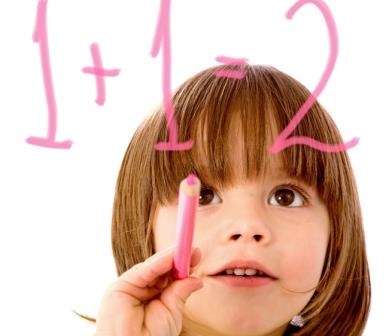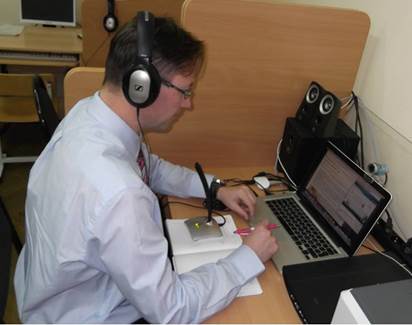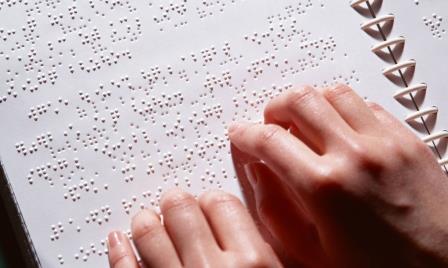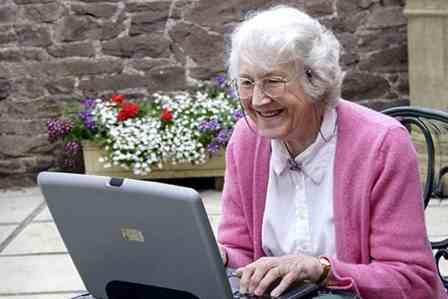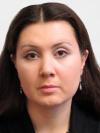References
- Avramenko A. P., Kataia E. D. Development of an elective course «US Country Studies» based on the «inverted class» methodology in high school. In: Vestnik Moskovskogo gosudarstvennogo oblastnogo universiteta. Seriia «Pedagogika». 2018. № 3. P. 91–98. (In Russ.)
- Andreeva N. V. Practice of blended learning: the history of one experiment. In: Psikhologicheskaya nauka i obrazovanie. 2018. Vol. 23. № 3. P. 20–28. (In Russ.)
- Andreeva N. V. et al. Step schools in blended learning. Moskow, 2016. 280 p. (In Russ.)
- Antopol'skaya T. A., SilakovA. S. The value components of the subjectivity of a teenager included in the system of additional education. In: Dopolnitel'noe obrazovanie – ehffektivnaya sistema razvitiya sposobnostei detei i vospitaniya sotsial'nootvetstvennoi lichnosti. Kursk, 2020. P. 189–193. (In Russ.)
- Antyukhova E. A., Kasatkin P. I. Digital vector of global educational policy. In: Vestnik MGIMO-Universiteta. 2020. № 13 (5). P. 331–351. (In Russ.)
- Bugaichuk K. L. Massive open distance courses: history, typology, prospects. In: Vysshee obrazovanie v Rossii. 2013. № 3. P. 148-155. (In Russ.)
- Voronina M. V. «Inverted classroom» an innovative learning model. In: Otkrytoe obrazovanie. 2018. Vol. 22. № 5. P. 40–51. (In Russ.)
- Ermolaeva M. V., Lubovskii D. V. Modern development of the concept of the internal position of the individual in the context of the subjective approach. In: Aktual'nye problemy psikhologicheskogo znaniya. 2013. № 2 (27). P. 7–16. (In Russ.)
- Kukharenko V. N. Innovations in e-Learning: a massive open distance course. In: Vysshee obrazovanie v Rossii. 2011. № 10. P. 93–99. (In Russ.)
- Litvinova N. M., Sazhneva T. V., Bayan E. M. Blended learning of chemistry at school: from theory to practice. In: Obrazovatel'ny etekhnologii i obshchestvo. 2016. Vol. 19. № 1. P. 377–388. (In Russ.)
- Lyubomirskaya N. V., Rudik E. L., Khochenkova T. E. Blended learning as a mechanism for the formation of skills in design and research activities of students. In: Issledovatel'. 2019. № 3. P. 165–180. (In Russ.)
- Nechitailova E. V. Blended learning as the basis for the formation of a unified educational environment. In: Khimiya v shkole. 2014. № 9. P. 22–28. (In Russ.)
- Shishkova N. A. Blended learning in the profile course of computer science. In: Informatika v shkole. 2017. № 3. P. 17–23. (In Russ.)
- Cooner T. S. Creating opportunities for students in large cohorts to reflect in and on practice: Lessons learnt from a formative evaluation of students' experiences of a technology-enhanced blended learning design. In: British Journal of Educational Technology. 2010. Vol. 41 (2). P. 271–286.
- Geçer A. et al. A blended learning experience. In: Educational Sciences: Theory and Practice. 2012. Vol. 12 (1). P. 438–442.
- Lotrecchiano G. R. et al. Blended learning: Strengths, challenges, and lessons learned in an interprofessional training program. In: Maternal and Child Health Journal. 2013. Vol. 17 (9). P. 1725–1734.
- Siemens G. Connectivism: Learning Theory for the Digital Age. In: Interaktivnoe obrazovanie. 2008. № 6. P. 50–55. (In Russ.)
- Manifesto on the digital educational environment [Electronic resource]. Edutainme. Electron dan. URL: http://edutainme.ru/ (date of acсess: 25.09.2021). (In Russ.)
- Soldatova G. U., Teslavskaya (Ol'kina) O. I. Friendship in the real and virtual world: the view of Russian schoolchildren [Electronic resource]. In: ACADEMIA. Pedagogicheskii zhurnal Podmoskov'ya. 2016. № 3(9). P. 39–47. Electron dan. URL: https://cyberpsy.ru/articles/friendship_online_offline/ (date of acсess: 27.09.2021). (In Russ.)
- Baran E. et al. Transforming online teaching practice: Critical analysis of the literature on the roles and competencies of online teachers [Electronic resource]. In: Distance Education. 2011. Vol. 32(3). P. 421–439. Electron dan. DOI: https://doi.org/10.1080/01587919.2011.610293 (date of acсess: 07.09.2021).
- Macgilchrist F. Cruel optimism in edtech: when the digital data practices of educational technology providers inadvertently hinder educational equity [Electronic resource]. In: Learning, Media and Technology. 2019. Vol. 44 (1). P. 77–86. Electron dan. DOI: https://doi.org/10.1080/17439884.2018.1556217 (date of acсess: 09.04.2021).
- McDonald P. L. et al. Learning Partnership: Students and Faculty Learning Together to Facilitate Reflection and Higher Order Thinking in a Blended Course [Electronic resource]. In: Journal of Asynchronous Learning Network. 2014. Vol. 18 (4). P. 73–93. Electron dan. DOI: http://dx.doi.org/10.24059/olj.v18i4.516 (date of acсess: 09.10.2021).
- Ramirez M. S. Challenges and perspectives for the open education movement in the distance education environment: a diagnostic study in a SINED project [Electronic resource]. In: International Journal of Educational Technology in Higher Education. 2013. Vol. 10. P. 414–430. Electron dan. DOI: https://doi.org/10.7238/rusc.v10i2.1719 (date of acсess: 29.04.2021).
- Williamson B. et al. Pandemic Politics, Pedagogies and Practices: Digital Technologies and Distance Education during the Coronavirus Emergency [Electronic resource]. In: Learning, Media and Technology. 2020. Vol. 45 (2). Р. 107–114. Electron dan. DOI: https://doi.org/10.1080/17439884.2020.1761641 (date of acсess: 18.09.2021).
- Wright N. Sell, Sell, Sell or Learn, Learn, Learn? The EdTech Market in New Zealand’s Education System – Privatisation by Stealth? [Electronic resource]. In: Open Review of Educational Research. 2017. Vol. 4 (1). Electron dan. DOI: https://doi.org/10.1080/23265507.2017.1365623 (date of acсess: 25.09.2021).



